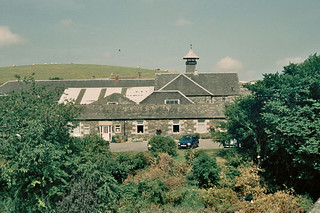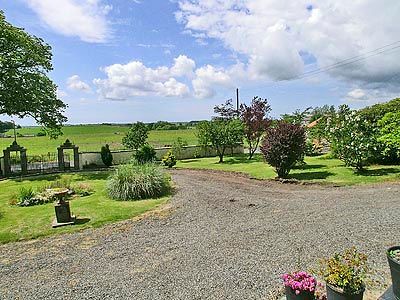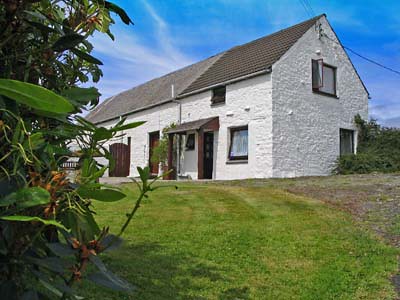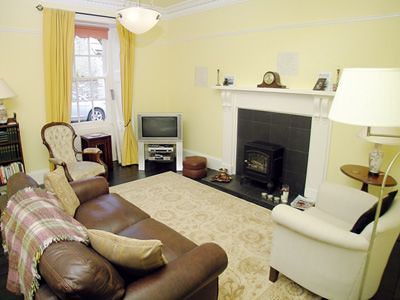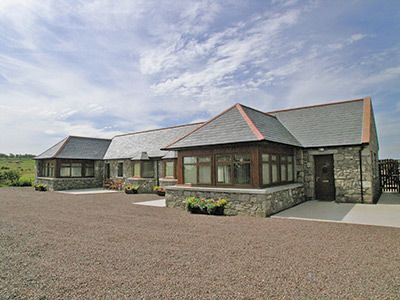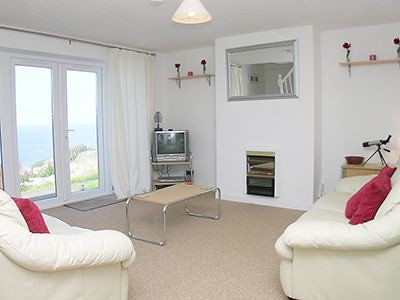Wigtown
Here is the Visitor guide to Wigtown in Dumfries and Galloway with information on accommodation andhotels in Wigtown. Visitor attractions, how to get to Wigtown and the map of Wigtown. We also include information on our selection of Self- Catering Cottages in Wigtown.
Phone code: +44 (0)1988
The vibrant little town of Wigtown, finalist in 2006 Scotland in Bloom, sits on the northwesterly shore of Wigtown Bay and as Scotland's National Book Town, is notable for its large number of bookshops. The literary Festival held in late September is going from strength to strength - with 2006 attracting such names as Willy Russell, Rageh Omar, Benedict Allen and Magnus Magnusson (see www.wigtown-booktown.co.uk.) If you need to buy a book in the southwest, then this is the place to do it. The town overlooks the salt marshes of Wigtown Bay which attract thousands of birds, including greylag and pinkfoot geese, ducks and waders in the winter. There is also a camera link in the refurbished County Buildings, with a live feed in summer to nesting Ospreys, back in Galloway after a long absence.
In 1685 two female Covenanters - Scottish Presbyterians persecuted by Charles II - were drowned at the stake by the rising tide on Wigtown Sands. The Martyr's Stake marks the site of their death. About three miles northwest is Torhouse Stone Circle, a Bronze Age site of 19 standing stones forming a ring 60 ft across.
Accommodation wise there is a small hotel and several guest houses and b&b's. Full details can be found on the booktown website.
Eleven miles south from Wigtown is Whithorn, a small village but one which occupies an important place in Scotland's history. It was here in the late fourth century, that St Ninian established a mission and built the first Christian church north of Hadrian's Wall. The tiny church, which he called Candida Casa (the White House), has not survived but after Ninian's death a priory was built to house his tomb. This became a famous seat of learning and an important place of pilgrimage for penitents from England and Ireland, as well as from Scotland.
The ruins of the 12th-century priory are being excavated and can be visited as part of the Whithorn Visitor Centre and Dig on George Street. In the visitor centre there are exhibitions and artefacts (including the 12th century Whithorn crozier) and an audio-visual display. You can visit the excavations going on behind the visitor centre, but there's not much to see and you won't be able to make much sense of the ruins without the help of the complimentary guiding service. The adjacent Priory Museum contains some important interesting archaeological finds and early-Christian sculpture, including the Latinus Stone which dates from 450 AD and is the earliest Christian memorial in Scotland. Info: Apr-Oct daily 1030-1700. £2.70, concession £1.50. Tel 500508.



